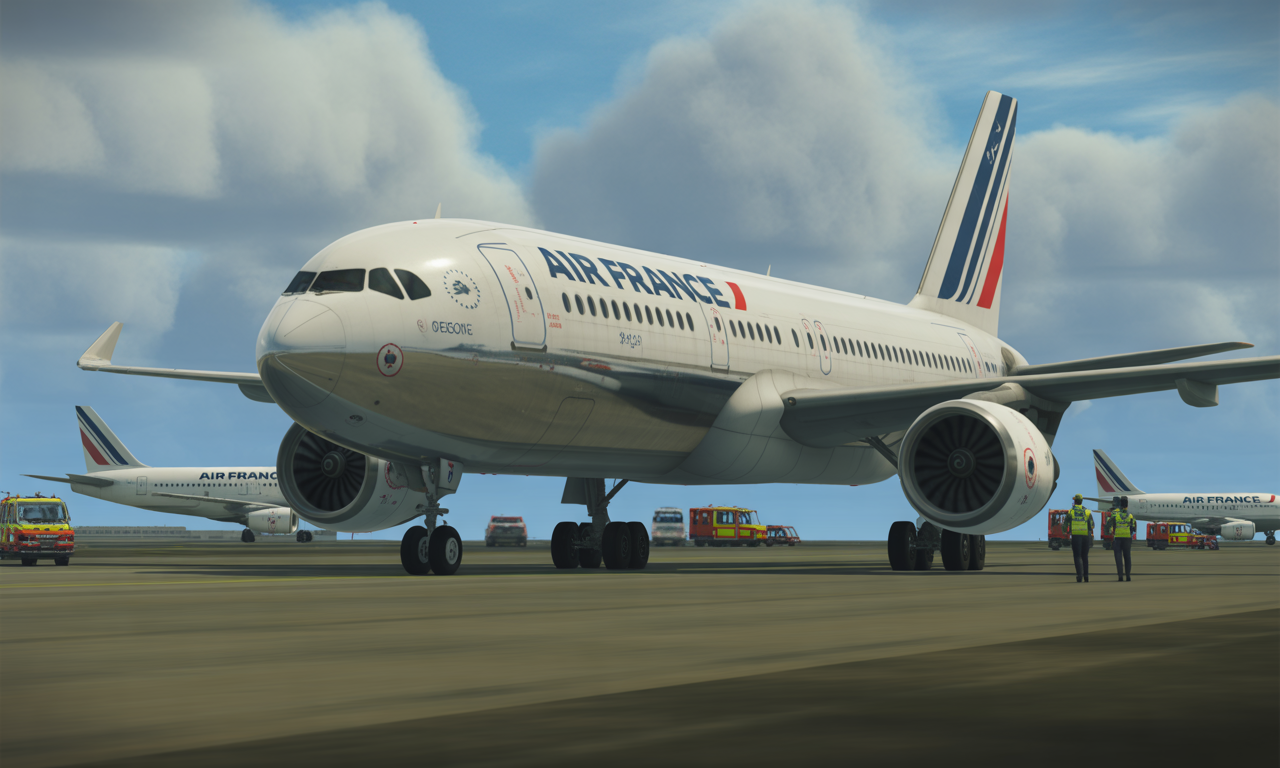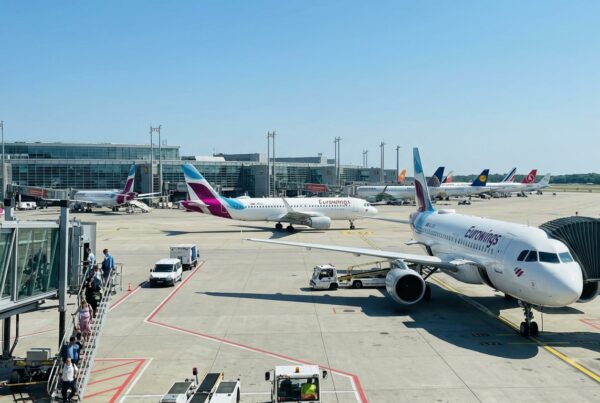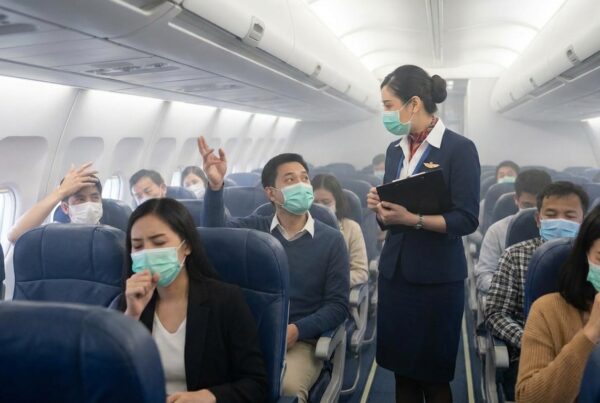Air France a turbulent week in which three long-haul flights were forced to make an emergency U-turn. Due to technical problems and unforeseen situations, the aircraft had to interrupt their trajectory to ensure the safety of passengers and crew. Specialized teams were mobilized for each turnaround, ensuring a rapid and efficient response. These incidents, which occurred in a very short space of time, are a reminder of the importance of rigorous contingency management in aviation. The company is reinforcing its safety protocols to avoid any recurrence of such disruptions to its services. Operational performance remains our top priority.
Over the past week, Air France has been at the center of much concern after three of its long-haul flights were forced to turn back because ofemergencies on board. These incidents, which occurred in a variety of contexts, raise questions about the management of critical situations and the effectiveness of current safety protocols.
Background and incident management
Several factors may have contributed to this series of unforeseen events. Among them, technical failures and emergency medical situations required immediate in-flight decisions. The crews' rapid response, combined with emergency procedures, ensured passenger safety. In the airline industry, where the unexpected is always a possibility, robust preventive and corrective measures are essential. For an overview of the complexity of these variations in flight duration from the pre-established schedule, please consult this article: The mysteries of flight duration variations.
Impacts on safety and company operations
These incidents have repercussions on the image ofAir France and prompt a reassessment of safety procedures. Although the company has managed these emergencies effectively, it is vital that each event serves as a learning experience to prevent recurrence. By comparison, other airlines and manufacturers also face similar challenges, as illustrated by the engine incident on a Delta flight, discussed in the following article: Emergency evacuation by toboggan.
Reinforced measures and outlook for the airline industry
To guarantee a flawless flight experience, airlines are constantly striving to improve their safety standards. These measures include the deployment of new surveillance technologies and the optimization of emergency procedures. In addition, the modernization of airport facilities aims to enhance overall safety, as illustrated by the recent developments at Washington's Reagan airport, detailed in this article : FAA strengthens security at Reagan Airport.
The importance of transparent communication
In a context where unforeseen events can have an impact on day-to-day operations, the communication with passengers becomes essential. Clear, real-time information helps to limit travelers' anxiety and maintain their confidence. Dedicated platforms offer a consultation experience free from intrusive advertising, providing users with a smooth and pleasant browsing experience. This approach is part of a drive for greater transparency in the airline industry.
The role of embedded technologies in safety
The integration of advanced on-board technologies makes a significant contribution to in-flight incident management. Sophisticated monitoring systems and telemedicine The latest advances, such as those recently adopted by a major Gulf company, offer innovative solutions for managing medical emergencies. To find out more about these advances, read this article: In-flight care reinvented.
Impact on airport traffic
The turmoil surrounding these incidents is not isolated, and is also having an impact on airport traffic. Indeed, some airports, such as those in Paris, are facing tensions with staff in preparation for a possible strike ahead of major events such as the Olympic Games. To understand these social and professional dynamics, please consult this article: Paris airport workers on strike?.

Operational analysis
| Criteria | Details |
|---|---|
| Number of flights | 3 long-haul flights affected |
| Period | Week-long event |
| Nature of emergency | Operational emergency decisions |
| Route modification | Imposed U-turn |
| Routes concerned | International long-haul routes |
| Reactivity | Rapid intervention to secure flights |
| Impact on communication | Real-time passenger information |
| Image effect | Risk of disruption and inconvenience |




